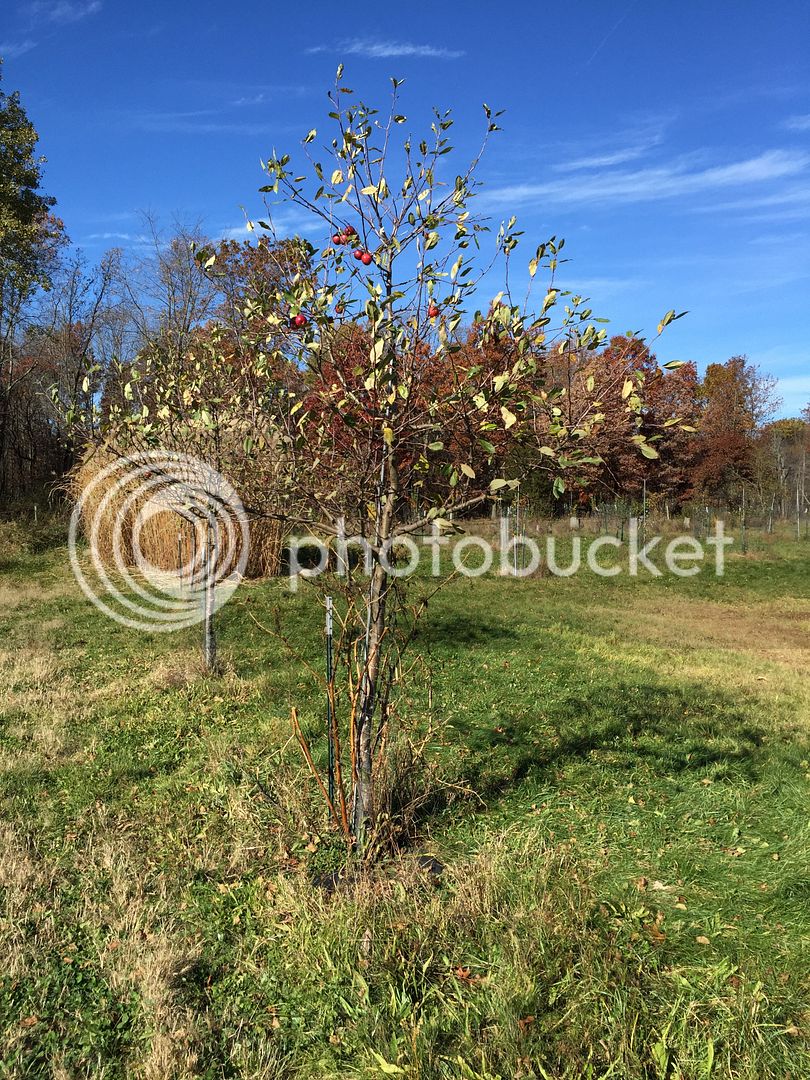buckvelvet
5 year old buck +
I emailed Todd @ Walden Nurseries about it as they offer that rootstock as well.
There has not been a lot of research documented unfortunately. It appears that what is often quoted is that those with more crab in their genetics have better luck. I have grafted a variety of types without issue. That said, caution is good, and there are plenty of alternatives of hardy material

